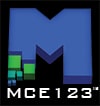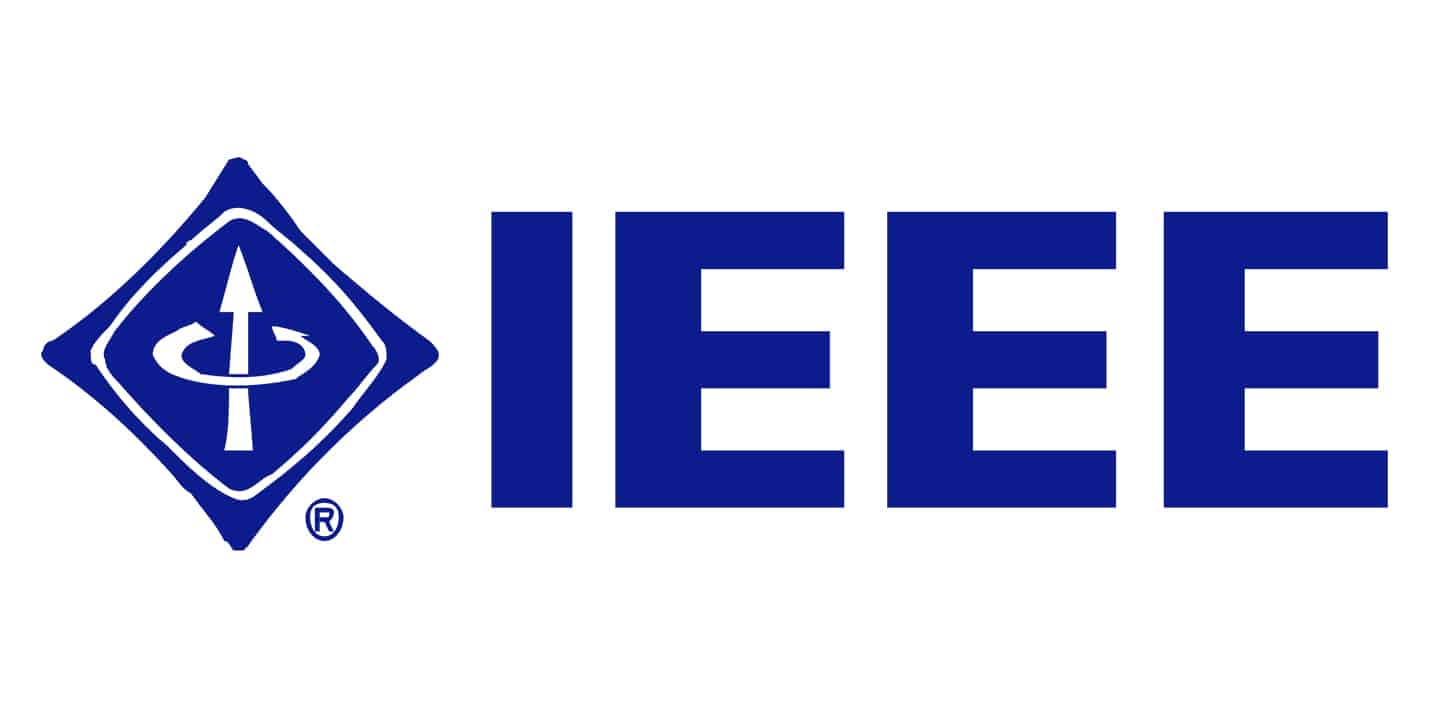This invention concept pertains to a vehicle that has a tank of regular distilled or filtered tap water, that has a pump, that pumps the water into an electrolysis system, that separates the hydrogen and oxygen in the water, into two different liquid natural gas (LNG) tanks, to be used for combustion. A combustion piston engine, in a V or Inline pattern, has four strokes, the first of which is the use of hydrogen gas, injected with a natural gas pump, then the next stroke is combustion of the hydrogen gas. Then, the next stroke is exhaust, to push out the exhaust from the hydrogen combustion. The next stroke is an injection of the pure oxygen, followed by another combustion stroke, followed by another exhaust stroke. The electrolysis system is powered by 48-volt rechargeable lithium diamond batteries, that are recharged by an alternator that is attached to the crank shaft of the six-stroke combustion engine. There are separate batteries for the electrolysis system, from the ignition system for the combustion engine, which is just a 24-volt battery, which provides various types of voltage to the electronics of the vehicle, including the on-board computer systems, and the electronics for the stereo system, including the subwoofer speakers, in the back of the vehicle.
Electric Motors, Transmission, and Drive Shaft
A drive shaft connects to a rear axle, that turns the back wheels, however there are also electric motors that can be used to power the vehicle, on all four wheels. The electric motors on the real axle have a connection to the combustion engine, as well, with a transmission that automatically puts the rear axle in a non-negative movement neutral position, which ensures that the vehicle never travels backwards, or forwards, depending upon what gear the transmission is in. The transmission gears are shifted electronically, with an automated transmission, that optimizes based on various characteristics that can be programmed into the vehicle’s transmission control computer systems, such as optimizing for use of the combustion engine with electric motors, or just the combustion engine driving the vehicle. There is a button to engage or disengage the electric motors, accessible from the driver’s seat. The transmission works with a variable step-up gearing system, that provides an infinite number of transmissions gearing settings that can be configured based on the terrain and the road type and the driving conditions. The central computer system in the vehicle controls the settings of the transmission, in real time, to provide the optimal driving conditions for the vehicle’s transmission systems.
Alternator
The alternator puts out different voltages, that are better compatible with the different batteries, and electronics in the vehicle, based on different coil lengths within the alternator. The alternator is rather large and attaches to the entire crank shaft assembly on the side of the engine. The alternator puts out 5-volts, 12-volts, 24-volts, and 48-volts, all at the same time, in different current ratings, based on what is needed for different electronics, optimized for those electronics. The alternator charges both the 24-volt and the 48-volt batteries. The 24-volt batteries are located underneath the hood, while the 48-volt batteries are located underneath the body of the vehicle.
Braking
The electric motors have electronically engaged locking mechanisms, that work like a final braking mechanism, and the brakes themselves are both electro-magnets that invert the current direction, to charge the batteries with the braking, while slowing the vehicle, and then there are also brake pads for sudden braking and last-minute braking. This allows the brake pads to be changed very seldom. The motors can also be inverted with electricity, to provide a quicker slowing of the vehicle, with applied current to the coils of wires inside of the motor, opposing the rotation of the wheels, while still generating electricity with other coils of wire in the same motors. The motors can be used to generate electricity when the combustion engine is in use, exclusively. A computer system can control the voltage and current, and what coils of wire are used, and for what purposes.
Motion Electrical Generation (MEG)
This technology pertains to another type of mechanical motion, through coils of wire that generate electricity, based on the rotation of all four wheels, each having solid super magnets around the inside of the wheels, that generate electrical current, by changing the polarity when passing over a complex coil of wires, on the inside of the wheel axle, to generate the most out of the functionality of a vehicle’s momentum. For added momentum, these outer generation coils, can also be used to provide additional traction control, and speed, when travelling, by applying voltage to these devices.
Steering
The steering of this vehicle is controlled, electronically, with individual controls over the individual wheels, with tilt mechanisms on each wheel, to allow, for example, perfect parking maneuvers, that are controlled by an artificial intelligence computer system, such as to allow parallel parking, perfectly, by picking the opposite tilt in the rear as opposed to the front wheels, to turn the vehicle, faster, for example. The steering of each individual wheel is controlled by actuators, to tilt the wheel, itself, which both the front and back wheels can be tilted, providing a quick turn radius around corners or traffic loops.
Tires
The tires have an inner structure, which allows the tires to stay inflated even when they have lost air pressure. The tire air pressure can be determined without checking the tire air inlet with a tire pressure gauge, with a digital sensor that is inside the tire, its self, connected electronically to the vehicle’s computer systems, in addition to sensors that determine the tire air pressure, and watch for any punctures, by constantly scanning the surface and the substrate of the tires, with mass spectrometry sensors, that can detect the three-dimensional qualities of the tire, from the top, and two different angles of the wheel well. The tires are put on with a locking lug nut design, to ensure that criminals cannot steal even any of the components in the wheel well, or any of the tires.
Security Electronics
There is a tilt sensor, that alerts the owner on their phone app for the vehicle, if the vehicle is jacked up, such as in a parking lot, and the phone app provides remote imagery with a special type of mass spectrometry camera, that captures a real-time three-dimensional image of any person that is within 300 yards of the vehicle, for on-going vehicle security. There is an on-board computer system in the vehicle that records all the sensor data, including the mass spectrometry camera data, including from all angles of the vehicle, including while driving, including with the ability to capture data about vehicles, such as imagery of the driver, or imagery of the license plate of drivers. There are other sensors with alerts, such as a monitoring system for the hood opening and trunk opening, and mass spectrometry sensors that monitor the combustion engine, including how it is working in real-time when driving, and a computer screen on the dashboard displays detailed graphical notations of how the engine is working, including any issues that need to be calibrated to make the combustion engine work better in the computer systems, and there is also an auto-calibration system for the combustion engine, that works off of the central computer systems, that automatically detects changes in the combustion, and applies settings to ensure various different schemas to the combustion, such as fuel savings, or increased torque, or increased speed.
Windows
The glass windows are bulletproofed, and they have imagery sensors and display systems in them, including touch screens, on the inside of the vehicle, to display computer systems menus with.
Computer Systems
The vehicle has a wireless brain-to-computer interface (WBCI) technology, that interfaces the brain with the automated driving of the vehicle, and with the computer systems of the vehicle, including providing a graphical user interface (GUI) through a wireless neural interface (WNI), including entertainment systems, including the stereo systems, and Internet access, inside the vehicle, to the wireless computer systems in the vehicle. The computer systems connect to the Internet through satellite Internet, or through 5G communication technologies, or through local wireless networks, automatically, if available, with a security warning system that alerts if the computer systems are connected to an unsecured wireless network. There is an automated VPN security system, and a personal area network (PAN) inside of the vehicle, that allows the connectivity of other wireless devices, such as smart phones, laptops, and even gaming devices, including virtual reality headsets and smart glasses, if desired.
Vehicle Body
The entire body of the vehicle is bulletproof. The body of the vehicle has electronics that gather the sunlight and heat, and convert the energy into electricity, including a top electronics layer of a laser light emission component, that emits laser light pictures outwards, at pre-defined distances, to show photo albums or movies or other various presentations, including computer files or computer presentations. This is a custom electronics component invented by MCE123℠ Technology Development.
Stereo System
The stereo system, all driven from electronics in the back trunk of the vehicle, is powered by the 24-volt batteries that are located under the hood of the front of the vehicle, where the combustion engine is located.
Fuel Tanks and Batteries
The hydrogen and oxygen fuel tanks are located underneath the trunk of the vehicle, while the 48-volt batteries are located underneath the body of the cab of the vehicle. The 48-volt batteries are high density lithium diamond batteries. Other types of high-voltage rechargeable batteries that have a high current rating, such as rechargeable nuclear diamond batteries, for an unlimited number of recharges, can also be used. The 24-volt batteries in the front of the vehicle are high-current rated, and are either lithium sodium based rechargeable batteries, or optionally can be rechargeable nuclear diamond batteries, which have an unlimited number of recharges.
Heads-Up Display
The front window, in addition to the side windows, and rear window, all have display systems, that are a clear display screen that is laminated on the inside of the bullet-proof windows, that allows touch sensitive controls, and also has a sensor technology, embedded in the thin clear display technology, that detects hand movements, and facial movements, and other characteristics, such as mouth movements, and audio waves, to control the display systems, including with microphones that are also connected to the central computer systems, which allow displaying safe driving techniques, and road conditions, weather conditions, dangers in the roadway, collision prediction and prevention, lane change warning systems, pedestrian warning systems, and even animal warning systems, that display in the window its self.
Automated Driving Systems
The vehicle is automatically controlled by a central computer system, that monitors the roadway conditions based on mass spectrometry sensors that are within the vehicle, all around the vehicle, to ensure that the vehicle’s onboard computer systems and the central computer systems always have as much data as possible about the driving conditions, and safety procedures, including for driving in different locations, such that all of the vehicle’s systems are controlled by computers, as all the vehicle’s systems are electronic, so it’s possible to drive the vehicle, simply by plugging in a destination location, even just with the heads-up display (HUD) and wireless brain to computer interface (WBCI) technology, if regulations allow for it. The vehicle’s computer systems are always connected with local, regional, state, and national, in addition to other provincial information services, based on a legislative level, to ensure that every vehicle always follows all regulatory requirements, including any regulations that are in place at any specific real-time event. With this technology, alerts can be put out by local law enforcement, to ensure that automated vehicles automatically slow down when approaching a traffic condition that requires slower traffic, even when the traffic signs don’t display the new speed limit, and even activate indicator lights, and local communications systems with other autonomous vehicles. In the future, there will be traffic signs that have digital displays of conditional driving speeds for different locations, and there will be local communications to automated vehicles, that automatically slow the vehicles down.
Communications Systems
Onboard Voice over IP systems, and small cellular networks for phones, including integrated smart phones that display digitally, including in the graphical user interface with the wireless brain-to-computer interface technology, will be integrated into these vehicles, exclusively. These technologies will allow phone conversations with others while the automated driving technologies take over, and allow a smooth travel to a destination, without any distractions off of the roadway, of having to hold a phone or tablet.

















